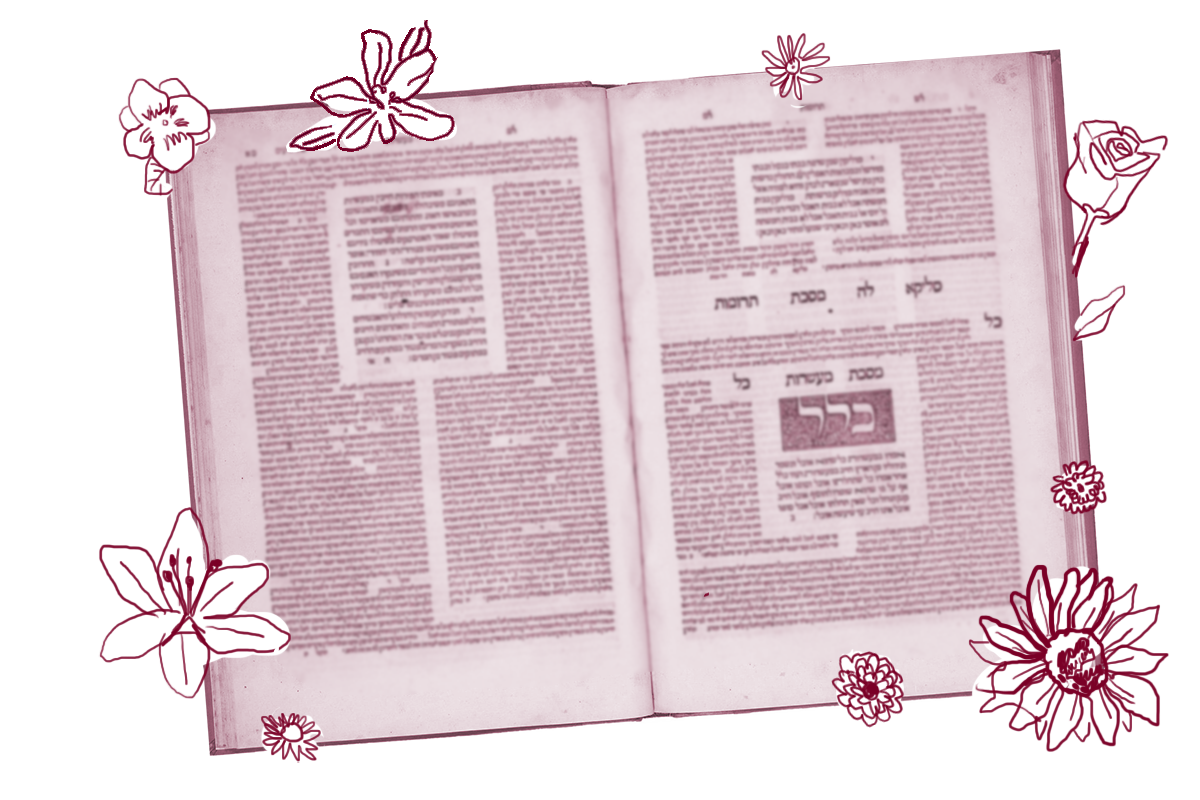On Bava Metzia 116, we read in a mishnah that when a person who rents the upper story of a building that subsequently collapses must permit their tenant to move downstairs until the damage is repaired. The Gemara ad locum asks how much of the floor had to be broken for this rule to apply and two answers were given:
Rav says: Most of it was damaged.
And Shmuel says: Four (handbreadths).
On the next daf, Bava Metzia 117, there is a strikingly similar mishnah:
If an olive press belonging to one person is built inside a cave, and a garden belonging to another person is planted on top of it, and the roof of the olive press broke, causing the garden to collapse inward, the owner of the garden may descend and sow below until the other one constructs for his olive press sturdy arches to support the roof, so that the owner of the garden can once again sow above him.
Once again, we have two individual domains, one stacked on top of the other — in this case a garden over an olive press. And, once again, the Gemara asks about the size of the collapse that is required for this rule to apply. And, once again, we are taught:
Rav says: Most of it.
And Shmuel says: Four (handbreadths).
Some translators — including Rabbi Adin Steinsaltz, whom we usually follow — interpret Shmuel’s single word reply of “four” to mean cubits, which are larger than handbreadths (approximately 18 inches versus four inches). This perhaps has some merit because caves and gardens are generally larger than homes, so it would follow that the threshold for enacting this law would be a larger amount of damage. But, in my view, the Gemara that follows makes more sense if we interpret it as handbreadths, as Rashash and other traditional commentaries do.
The Gemara now has a technical dilemma: Given that we just learned about these two positions a few pages ago, it is reasonable to wonder why we need to restate Rav and Shmuel’s positions again here. Aren’t the cases similar enough that we can assume their answers from the previous page apply? But the Gemara insists tzricha, it is necessary.
Tzricha is a technical term, one of many used by the Gemara to signal its readers that a particular form of argumentation will follow. A go-to guide for these terms is Yitzhak Frank’s Practical Talmud Dictionary, which in this case tells us that tzricha is a term that “introduces an argument that explains why two or more allegedly redundant points … are really necessary, since one point cannot be inferred from the other.”
The Gemara spells out how this works in our case: Had we only learned about their disagreement regarding the collapsed floor in the shared house, we might assume that Shmuel allows the tenant to move downstairs if the hole is only four handbreadths because people utilize their whole living space and even a modest sized hole is disruptive. But for planting, one can work around the hole, so Shmuel would concede to Rav in the case of the olive press. And if the dispute was only taught with regard to this case of the olive press, we might assume that Rav concedes to Shmuel in the case of the house for the same reason. Therefore, to make sure it is clear to us that the dispute is operative in both cases, the differing opinions are quoted as part of the discussion of both cases.
As our Daf Yomi adventure continues, it’s a good exercise to keep your eyes open for the term tzricha, in the original Aramaic, or in translation (“it is necessary”). When you encounter it, see if you can identify the apparent redundancy and figure out how the Gemara explains why both statements necessary. Doing so is one way to strengthen your talmudic mental muscles.
Read all of Bava Metzia 117 on Sefaria.
This piece originally appeared in a My Jewish Learning Daf Yomi email newsletter sent on June 26th, 2024. If you are interested in receiving the newsletter, sign up here.



